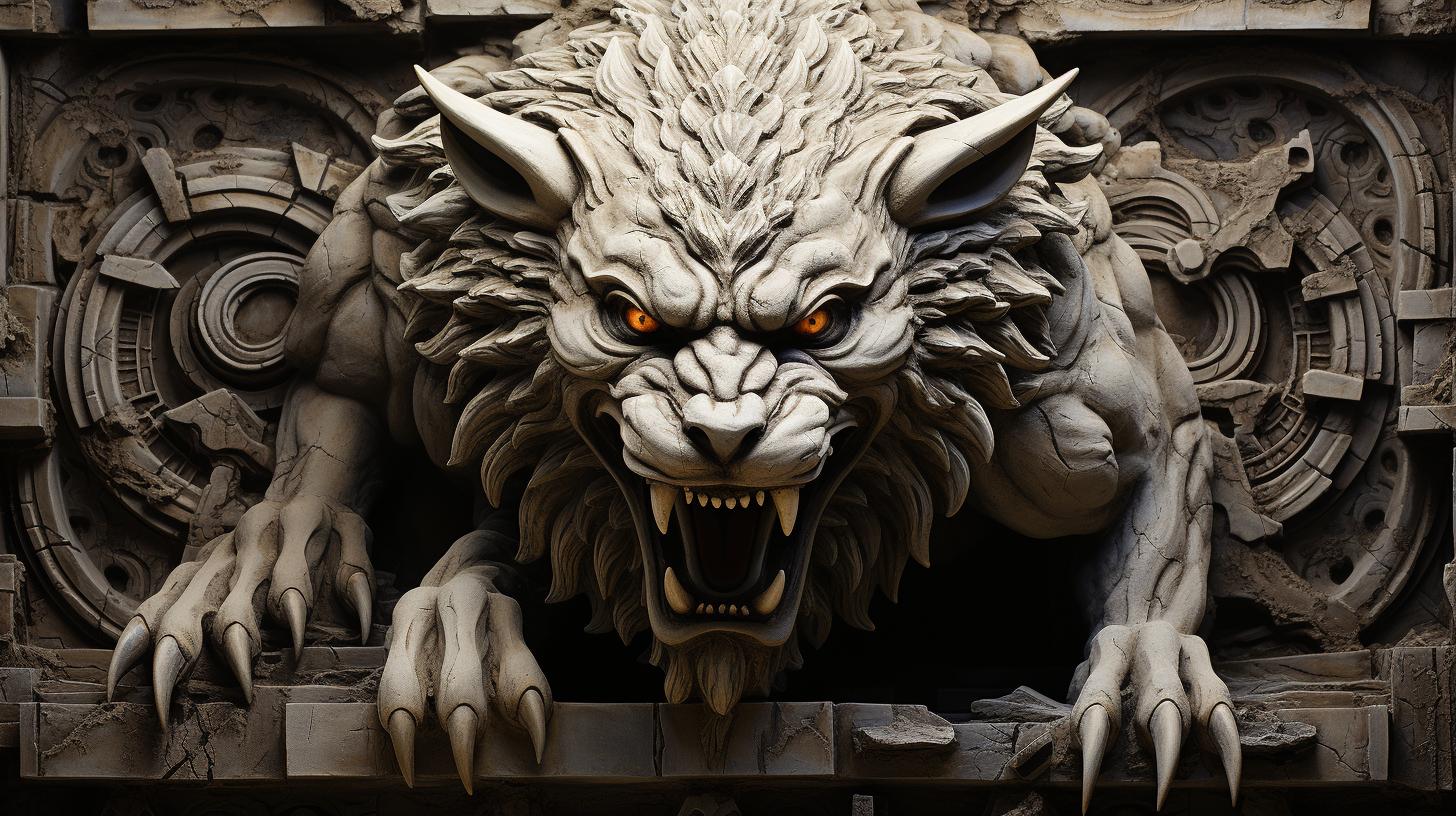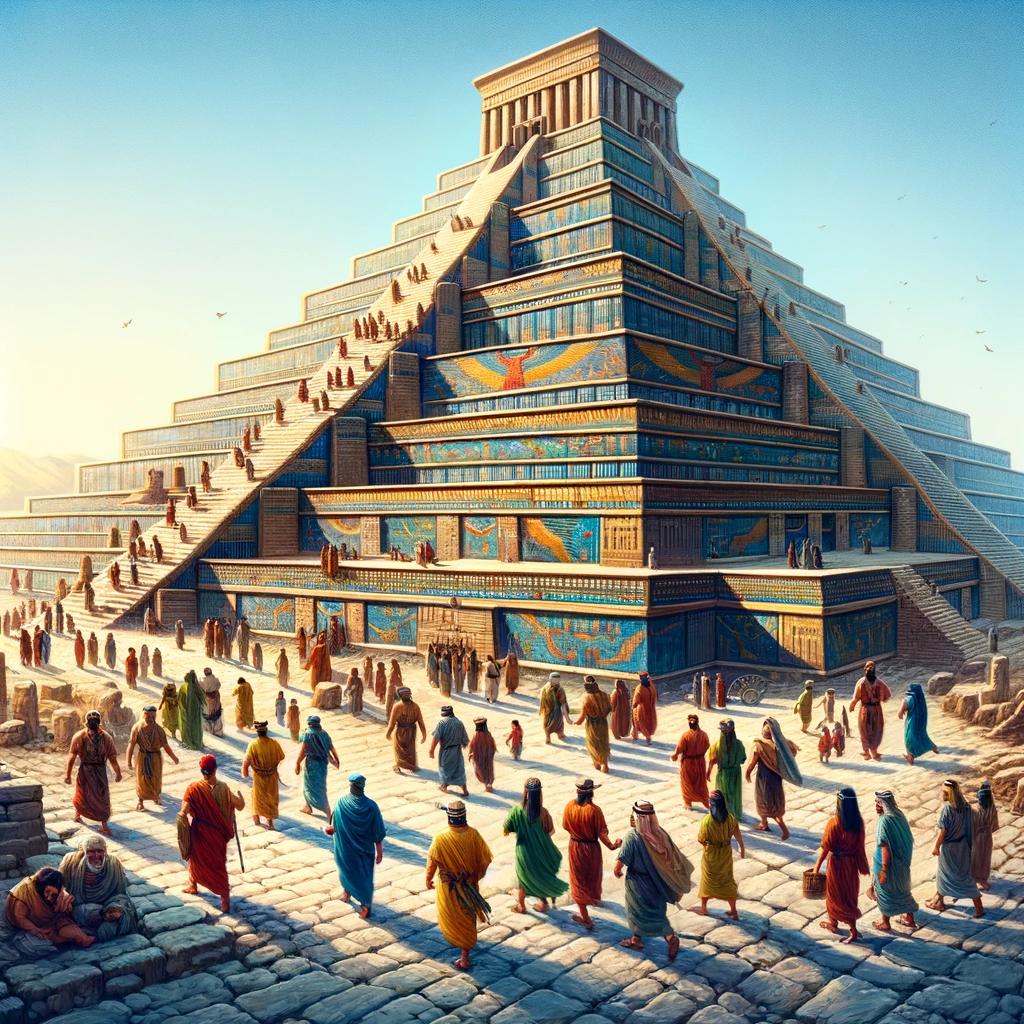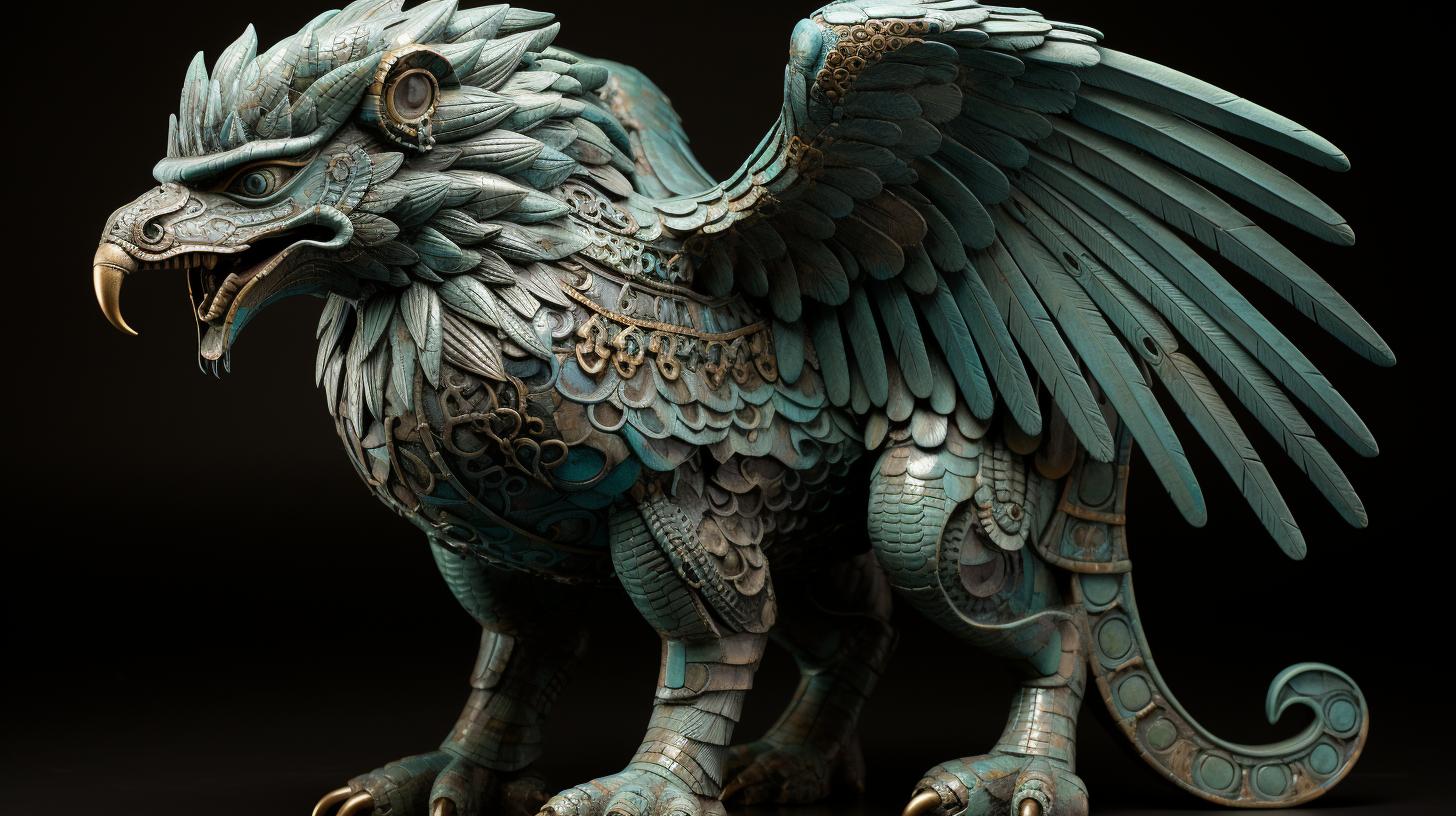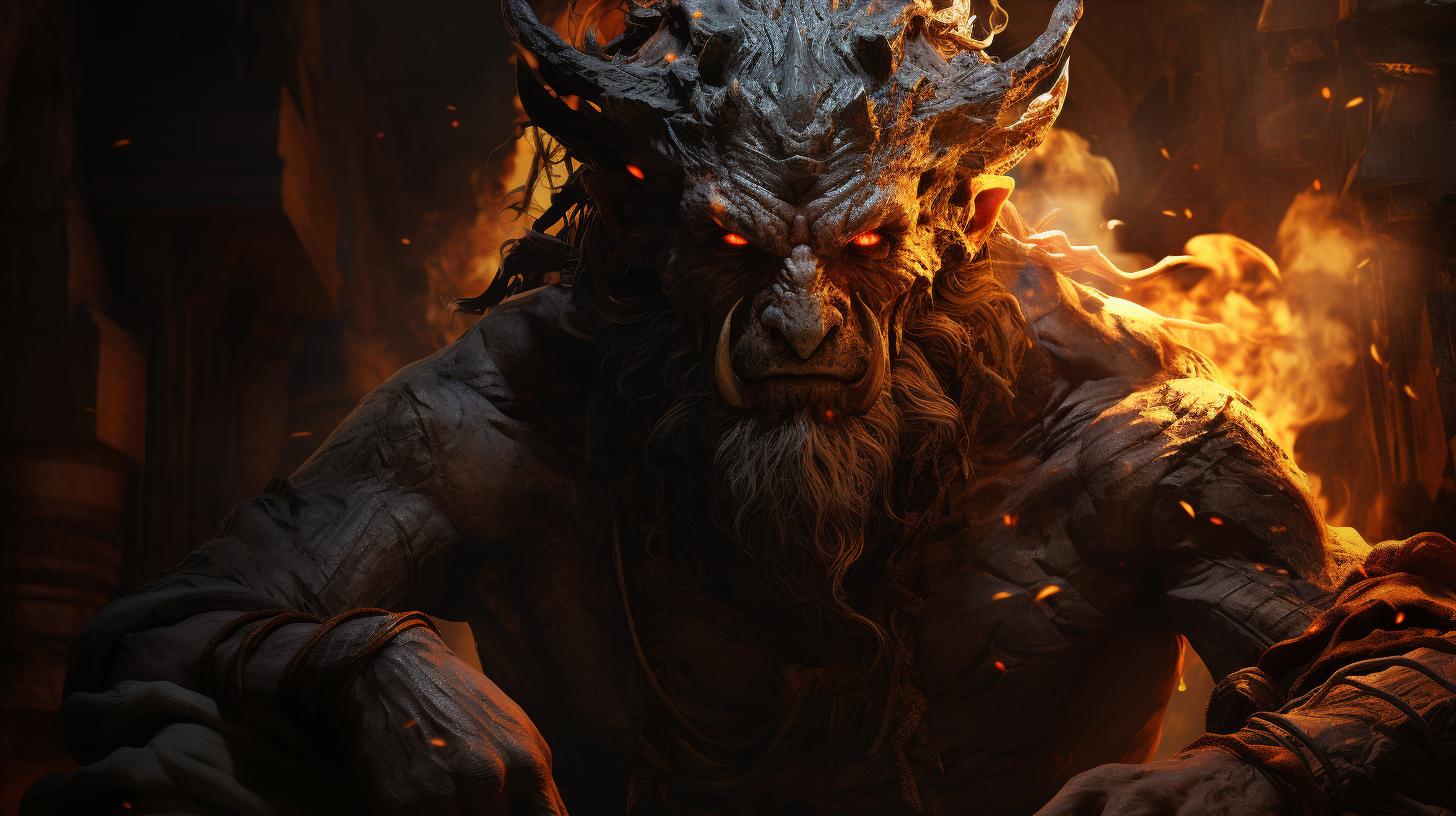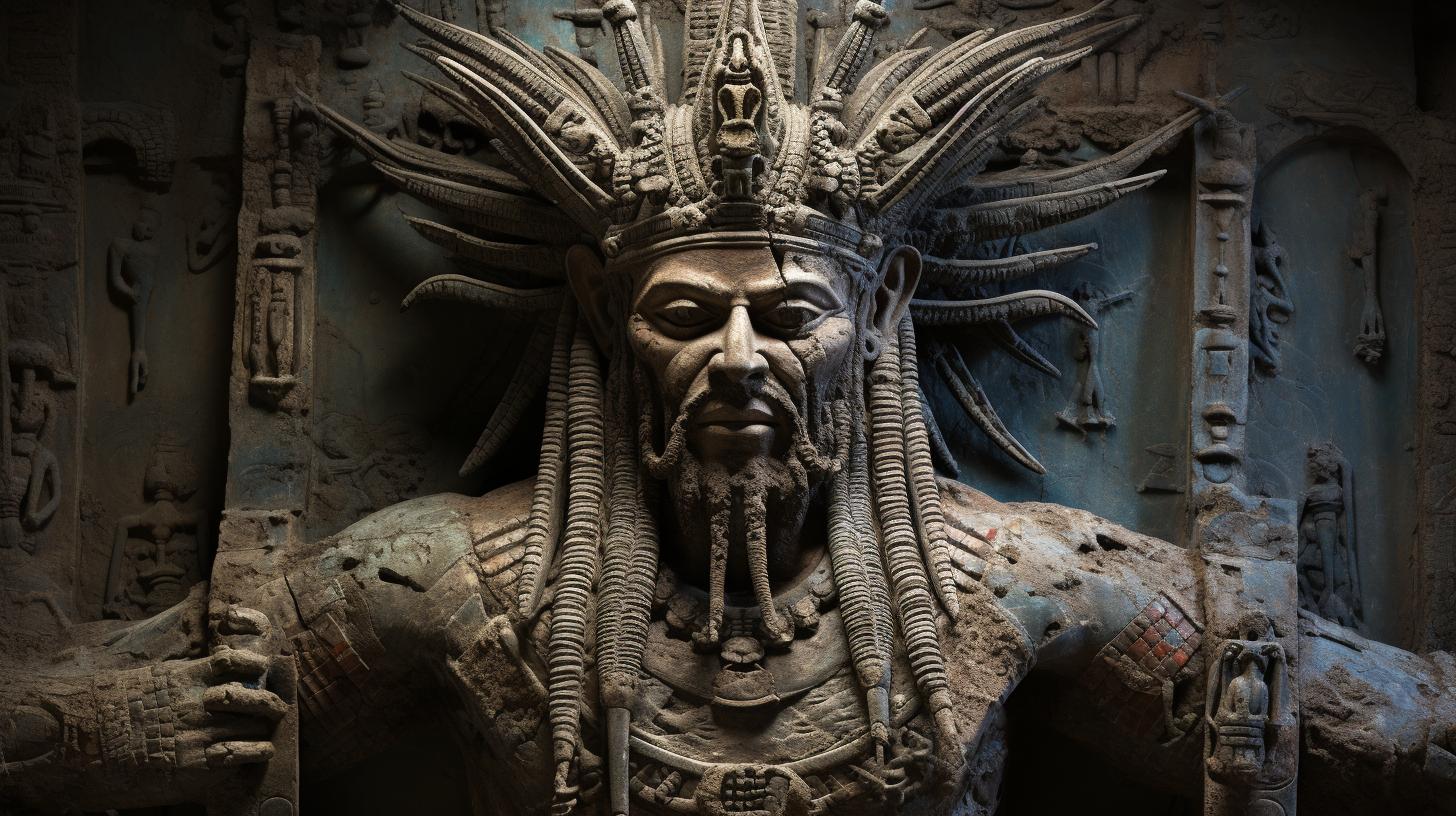‘Sulak Demon: Unveiling the Terrifying Legends and Myths of the Bathroom Demon’
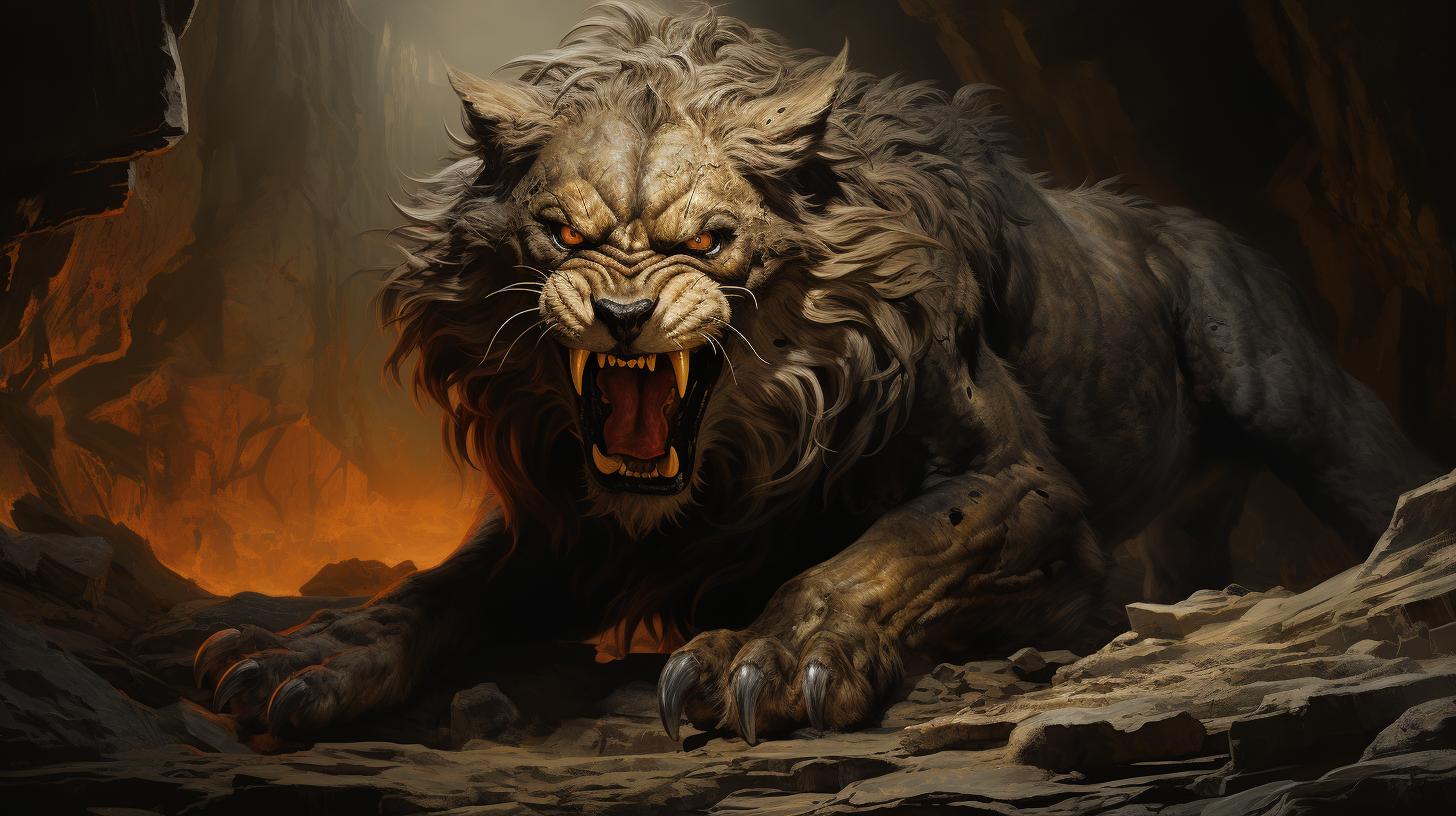
The Sulak demon is a legendary creature associated with bathrooms and toilets in various cultures. It is said to possess supernatural powers and evoke fear among people. In this article, we explore the origins, myths, and cultural interpretations of the Sulak demon.
We also examine its connection with the dark entity known as Belphegor. Furthermore, we delve into the symbolism and fear surrounding toilet deities, as well as other supernatural entities linked to toilets worldwide.
Finally, we dispel common misconceptions about the Sulak demon and toilet deities, shedding light on their cultural significance.
The Sulak Demon: Unveiling its Origins and Legends
Discover the mysterious origins and captivating legends surrounding the Sulak demon, a supernatural entity associated with bathrooms and toilets. Throughout history, the Sulak demon has intrigued cultures across the world, each with its own unique mythology and interpretations.
Explore the following subtopics to delve deeper into the intriguing realm of the Sulak demon:
Origin and Mythology of the Sulak Demon
Unearth the ancient roots of the Sulak demon as we explore its origin and mythology. Delve into myths and legends that have been passed down through generations, shedding light on the mysterious creature’s existence.
Discover different cultural narratives that offer fascinating insights into the purpose and significance of the Sulak demon in various belief systems.
Cultural Depictions and Interpretations of the Sulak Demon
Uncover the diverse cultural depictions and interpretations of the Sulak demon. Journey through different regions and traditions, where unique beliefs and superstitions have shaped the portrayal of this enigmatic creature. From Japan to China and beyond, explore how these depictions reflect cultural values and fears surrounding personal spaces and vulnerability.
Supernatural Abilities and Traits Associated with the Sulak Demon
Immerse yourself in the supernatural realm as we explore the abilities and traits attributed to the Sulak demon. From its alleged ability to manifest physical harm to its rumored influence over fortune and academic success, uncover the extraordinary powers and characteristics that have made the Sulak demon a subject of both fear and fascination.
Belphegor: Exploring the Dark Entity in Mythology and Folklore
Belphegor, the dark entity of mythology and folklore, has captivated the imaginations of cultures worldwide with its terrifying presence. This section delves into the legends surrounding Belphegor, shedding light on its origin and mythology.
The Legend of Belphegor
According to ancient lore, Belphegor is a malevolent demon known for tempting humanity with wealth, material possessions, and indulgence. Its name is derived from the Canaanite deity Baal-Peor. The legend portrays Belphegor as a bearded demon adorned with horns and sharp claws, seated upon a throne of toilets.
Belphegor in Different Cultures and Belief Systems
Belphegor’s influence extends beyond a single culture. It is found in various mythologies and belief systems, assuming different forms and names. In Christianity, Belphegor is often associated with the sin of sloth, symbolizing idleness and laziness.
In other cultures, it represents temptation and the allure of earthly desires.
Supernatural Powers and Symbolism of Belphegor
Belphegor possesses supernatural powers that amplify its sinister nature. It is said to have the ability to manipulate wealth and worldly pleasures, tempting individuals into indulging their most excessive desires. Symbolically, Belphegor represents the destructive consequences of unchecked greed and materialism.
Throughout history, Belphegor’s presence in mythology and folklore has served as a cautionary tale, warning against succumbing to temptation and vice. Its dark influence and association with toilets highlight the contrasting nature of humankind’s most intimate spaces.
The Connection Between Sulak and Belphegor
The legends of Sulak demon and Belphegor have intriguing similarities and differences, giving rise to speculations about their possible origins and influences. While both entities are associated with toilets and bathrooms, their characteristics and depictions set them apart.
Similarities and Differences in Sulak and Belphegor Depictions
Sulak demon and Belphegor share the common theme of being demonic entities connected to toilets and bodily waste. However, their appearances and behaviors differ significantly.
Sulak demon is often depicted as a mysterious and menacing creature, capable of instilling fear in those who encounter it.
It is associated with supernatural acts of violence, while its origins and motivations remain shrouded in mystery.
In contrast, Belphegor is portrayed as a specific demonic entity, often represented with a beard, horns, and sharp nails.
This dark creature is commonly depicted sitting on a toilet throne, symbolizing its connection to human waste. Belphegor is associated with sloth and indulgence in bodily desires, particularly excrement-related activities.
Possible Origins and Influences of Sulak Demon and Belphegor
The origins and influences of Sulak demon and Belphegor are subjects of speculation and interpretation.
Some theories suggest that these legends may have evolved from cultural taboos and fears related to bodily functions and waste disposal.
Sulak demon’s origins could be rooted in the fear and vulnerability associated with the private act of using a toilet.
The demon’s violent nature and its association with bathrooms reflect the anxieties and superstitions surrounding these intimate spaces.
On the other hand, Belphegor’s depiction may have emerged from religious and moral traditions, symbolizing the dangers of excess and sinful indulgence.
Its association with excrement reinforces the notion of impurity and the consequences of immoral behavior.
Sulak Demon and Belphegor in Popular Culture: Movies, Books, and TV Shows
The legends of Sulak demon and Belphegor have found their way into popular culture, captivating audiences through various mediums.
Several movies and TV shows have portrayed the terrifying encounters with Sulak demon, exploiting the fear surrounding bathrooms and delivering chilling narratives.
These on-screen adaptations have delved into the psychological impact of encountering such malevolent entities.
Similarly, Belphegor has made appearances in movies, books, and TV shows, often as a sinister force tormenting unsuspecting characters.
These portrayals emphasize the demonic nature of Belphegor and explore the themes of temptation and moral decay.
Through their presence in popular culture, both Sulak demon and Belphegor continue to captivate audiences and remind us of the enduring fascination and fear associated with supernatural entities linked to toilets and bodily waste.
The Impact of Sulak and Belphegor Legends on Modern Society
The legends and myths surrounding the Sulak demon and the dark entity Belphegor have had a significant impact on modern society, influencing superstitions, cultural beliefs, psychological interpretations, and artistic inspiration.
Let’s explore how these legends continue to resonate in various aspects of today’s world.
Superstitions and Cultural Beliefs Related to Sulak and Belphegor
Superstitions surrounding the Sulak demon and Belphegor have persisted, creating a sense of fear and caution regarding bathrooms and toilets. Many individuals still adhere to rituals or traditions to ward off these malevolent entities, such as knocking on bathroom doors or showing respect to toilet deities.
These cultural beliefs reflect the deep-rooted significance associated with privacy, vulnerability, and cleanliness in human societies.
Psychological and Societal Interpretations of Sulak and Belphegor
Psychologically, the legends of Sulak and Belphegor can be seen as manifestations of deep-seated fears and anxieties. The fear of the unknown, the fear of being vulnerable, and the fear of loss of control are themes that resonate with individuals on a psychological level.
Societally, these legends highlight how human imagination and storytelling shape our collective consciousness and influence our behavior, even in mundane activities like using a bathroom.
Contemporary Art and Literature Inspired by Sulak and Belphegor
The legends of Sulak and Belphegor have also become a source of inspiration for contemporary art and literature. Many authors, filmmakers, and visual artists have incorporated elements from these legends in their works, exploring themes of horror, the supernatural, and human vulnerability.
These creative interpretations allow us to delve deeper into the psychological and cultural impact of these legends, bringing them to a wider audience and stimulating discussions about our collective fears and beliefs.
Understanding the Symbolism and Fear of Toilet Deities
The symbolism and fear surrounding toilet deities have deep roots in cultural beliefs and historical practices. Exploring the historical background of toilet deities sheds light on their significance and the evolution of associated beliefs and rituals.
Beliefs and rituals associated with toilet deities provide insights into the spiritual connections people have assigned to these spaces.
Historical Background of Toilet Deities
Toilet deities have a rich history dating back centuries. In ancient civilizations, such as Egypt and Mesopotamia, specific deities were associated with cleanliness, purification, and fertility. These deities were believed to protect individuals from harm and bring fortune.
Over time, as civilizations developed, the concept of toilet deities took on new forms and became intertwined with cultural practices.
Beliefs and Rituals Associated with Toilet Deities
Beliefs and rituals surrounding toilet deities vary across cultures. In some traditions, people offer prayers or incense to honor these deities before using a toilet, seeking their protection and blessings.
Some believe that disrespecting or neglecting these deities may bring misfortune, illness, or other negative outcomes. Different cultures have developed unique customs and practices to show reverence and maintain a harmonious relationship with these divine entities.
Influence on Hygiene Practices and Cultural Perceptions of Toilets
Toilet deities have shaped hygiene practices and cultural perceptions of toilets. The association of deities with toilets reinforces the notion of cleanliness, both on a physical and spiritual level. Through these beliefs, people have been encouraged to maintain cleanliness and respect when using toilets, promoting sanitation and hygiene in society.
Furthermore, the influence of toilet deities extends beyond individual beliefs and practices, affecting the collective cultural understanding of toilets and their importance in daily life.
Exploring Other Supernatural Entities and Spirits Associated with Toilets
Within the realm of supernatural beings tied to toilets, there are various entities and spirits found across different cultures.
These entities often carry their own unique legends and folklore, representing the rich diversity of beliefs surrounding this intimate space. Let’s delve into some notable examples:
Aka-Manto: The Spirit of the Japanese Bathroom
Aka-Manto, meaning “Red Cape,” is a malevolent spirit commonly encountered in Japanese restrooms.
This entity is known for hiding in the toilet stalls and appearing to visitors. Aka-Manto presents a deadly dilemma by offering toilet paper of either red or blue color. Choosing the red paper results in a gruesome death with one’s blood flowing like a red cape, while selecting the blue paper leads to suffocation and a face turning blue.
Zi-Gu: The Chinese Toilet Goddess
Zi-Gu, the revered goddess of the toilet in Chinese mythology, has a fascinating backstory. Legend has it that Zi-Gu was murdered by the wife of a minister, and the location of her death became a source of terrifying tales.
Emperor Wu Zetian transformed her from a demonic state into the goddess of the toilet, blessing those who worshiped her with cleanliness and protection from disease.
Other Toilet Spirits and Entities Worldwide
Aside from Aka-Manto and Zi-Gu, other regions also have their own supernatural entities associated with toilets.
These include the Sulak demon itself, as well as unique spirits like the mischievous Kokakuchō in Japanese folklore or the mysterious Lavatory Tengu in Japanese and Chinese beliefs. Each has its own distinctive characteristics and traditions tied to them.
Across cultures, these toilet spirits and entities serve as cautionary tales, reflecting the deep-rooted superstitions and beliefs surrounding bathroom spaces. Their stories are a testament to how human cultures have attributed supernatural powers and significance to these otherwise mundane areas of our lives.
- Aka-Manto presents a deadly choice with red and blue toilet paper.
- Zi-Gu was raised from a demon to a goddess by Emperor Wu Zetian.
- Other toilet spirits include Kokakuchō and Lavatory Tengu.
Dispelling Myths and Misconceptions about Sulak Demon and Toilet Deities
There are numerous myths and misconceptions surrounding the Sulak demon and toilet deities that have been perpetuated over time.
By examining the facts and historical context, we can debunk these misunderstandings and gain a better understanding of their cultural significance.
Debunking Common Misunderstandings about Sulak Demon
Contrary to popular belief, the Sulak demon is not solely a malevolent creature. While some legends describe it as violent and terrifying, it is essential to recognize the variations in its depiction across different cultures.
The Sulak demon is more than just a threat lurking in toilets; it symbolizes deeper fears and vulnerability associated with this intimate space.
Separating Fact from Fiction: The Truth about Toilet Deities
One common misconception is that toilet deities are mere superstitions or imaginary entities.
However, these deities have historical roots and are deeply embedded in cultural beliefs and practices. They were revered for their protective powers and served as guardians of hygiene and sanitation. Understanding the truth about toilet deities helps us appreciate their significance in various cultures.
Understanding the Cultural Significance and Historical Context of Sulak Demon and Toilet Deities
The Sulak demon and toilet deities hold broader cultural and historical importance. They reflect societies’ ancient beliefs, fears, and rituals surrounding bodily functions and personal interactions with toilets. By delving into their cultural significance and historical context, we gain insights into the human experience and the ways in which cultures have addressed these essential physiological needs.
.

